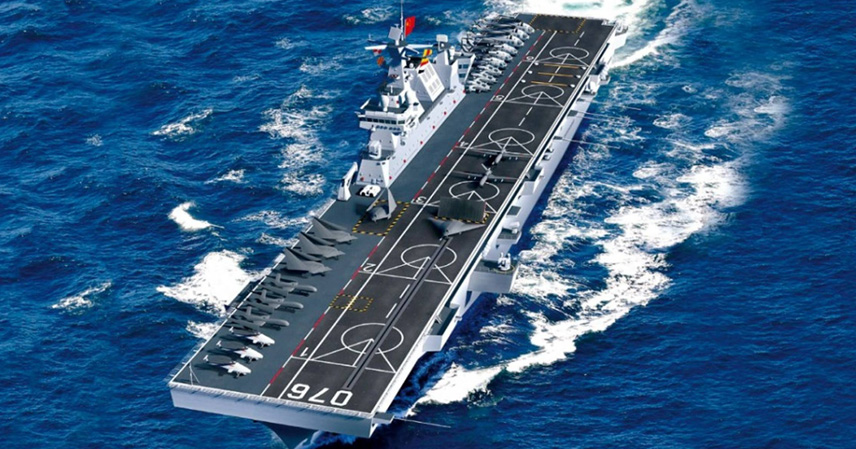The Fujian aircraft carrier has arrived in Sanya, Hainan, shortly after transiting the Taiwan Strait. This move has sparked speculation: will the carrier officially be commissioned during the upcoming National Day celebrations?
On September 12, the Fujian passed through the Taiwan Strait. By September 13, it entered the South China Sea and immediately began aircraft takeoff and landing drills. Although the footage shared by netizens was not high resolution, the outline of a Z-18 helicopter was clearly visible—marking the first observed carrier-based aircraft operations after its southward deployment.
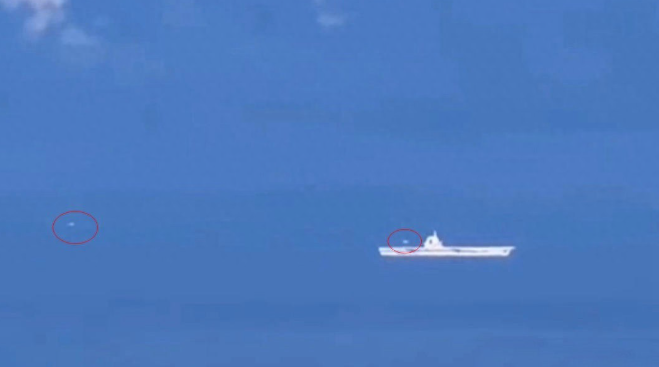
Fujian Begins Carrier-Based Aircraft Operations
This time, however, there was something unusual. Unlike its previous sea trials, the Fujian sailed directly toward its home port in Sanya, where it is expected to prepare for official delivery. Netizens noted the ship’s freshly cleaned hull, an empty flight deck, and the absence of trial flags.
Since its first sea trial in May 2024, the Fujian has conducted eight trial missions over 117 days, testing propulsion, electrical systems, fleet coordination, and most importantly, its electromagnetic catapult system.
Military experts believe the carrier’s shift to cross-sea training indicates that its technical performance is now mature, allowing trials beyond familiar waters to test long-range operational capabilities.
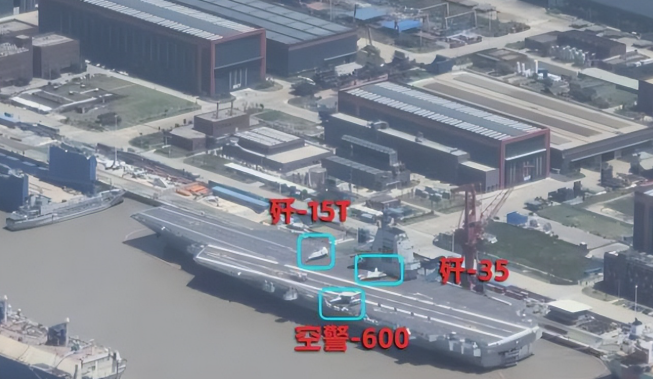
Why the South China Sea?
The choice of the South China Sea as a testing ground stems from two major factors:
- Secrecy
The Yellow and Bohai Seas are too close to the Korean Peninsula and Japan, where reconnaissance aircraft and surveillance ships frequently operate. The South China Sea provides greater protection against foreign intelligence gathering, particularly electromagnetic signal monitoring. - Challenging Conditions
The Bohai Sea is shallow and relatively calm, making it inadequate for testing all aspects of carrier performance. In contrast, the South China Sea is deep (average depth over 1,000 meters), with complex weather and sea states. This environment allows accurate speed measurements, anti-submarine exercises, underwater communication trials, and sonar countermeasures.
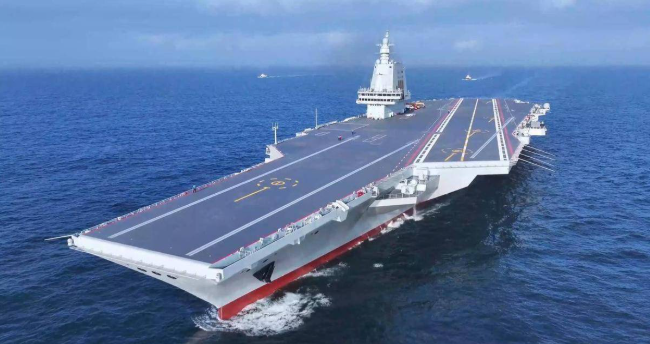
Carrier Air Wing Prospects
The Fujian is expected to host at least eight types of carrier-based aircraft, including:
- J-15T (catapult-capable variant)
- J-15DT (electronic warfare variant)
- J-35 stealth fighter
- KJ-600 early warning aircraft
- JL-10J trainer
- Z-20F anti-submarine helicopter
- Z-18 utility helicopter
- Unmanned aerial vehicles (UAVs)
China’s UAV projects are particularly noteworthy. Stealth drones with folding wings—dubbed the “GJ-21” by netizens—are believed to be optimized for carrier operations. Other UAVs feature tailless designs and advanced stealth profiles, equipped with WS-10C-class engines for independent strike missions, setting a new global benchmark.
Will Fujian Be Commissioned on National Day?
Speculation has centered on two symbolic dates:
- September 18 (“918 Incident”): A day of national remembrance of Japan’s 1931 invasion, with strong historical significance. Chinese state media has previously drawn symbolic parallels between Japan’s cruiser Izumo and today’s Fujian carrier.
- October 1 (National Day): Following the precedent of the Hainan carrier’s commissioning on Navy Day, such symbolic dates are often chosen for major announcements.
Adding to the speculation, the Guangdong Maritime Safety Administration issued a navigation warning, closing a large sea area west of Hainan from September 15 to 30 for military testing.
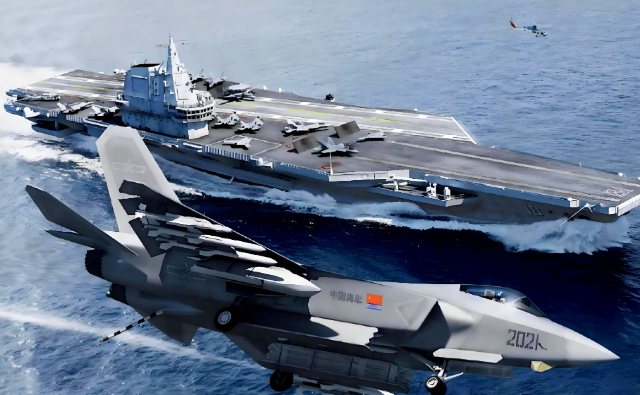
From Commissioning to Full Combat Power
It is important to note that commissioning does not mean immediate combat readiness. For example:
- The Shandong carrier took 965 days from launch to commissioning, and more than three years thereafter to achieve full operational capability—nearly six years in total.
- Given the Fujian’s advanced electromagnetic catapult system, experts estimate full combat readiness by around 2027, with carrier air wing development as the critical factor.
Encouragingly, China’s pilot training pipeline has accelerated, producing 16 carrier-qualified pilots annually by 2023 (up from only 4 in 2016). Ground-based simulation systems have also improved, with over 2.3 times the training capacity compared to the Shandong era.
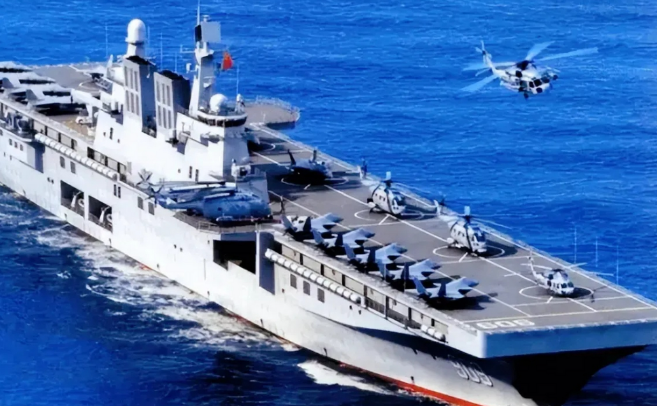
Strategic Implications: Entering the “Three-Carrier Era”
With the Fujian’s commissioning, China will officially enter a three-carrier era. Following the global standard of one carrier in active duty, one in training, and one in maintenance, China will achieve continuous near-sea coverage.
Currently, the U.S. has only one carrier, the USS George Washington, deployed in the Western Pacific. The Fujian’s entry will significantly enhance China’s ability to control regional contingencies and project power.
In the long term, regular Fujian carrier strike group patrols in the Western Pacific will further increase China’s strategic initiative, providing stronger security guarantees for regional stability—and signaling a shift in the balance of power.
References
- CCTV Military Report, 2024–2025 updates on Fujian sea trials
- Guangdong Maritime Safety Administration, Navigation Warning, Sept. 2025
- PLA Naval Research Academy publications on carrier-based aviation training

